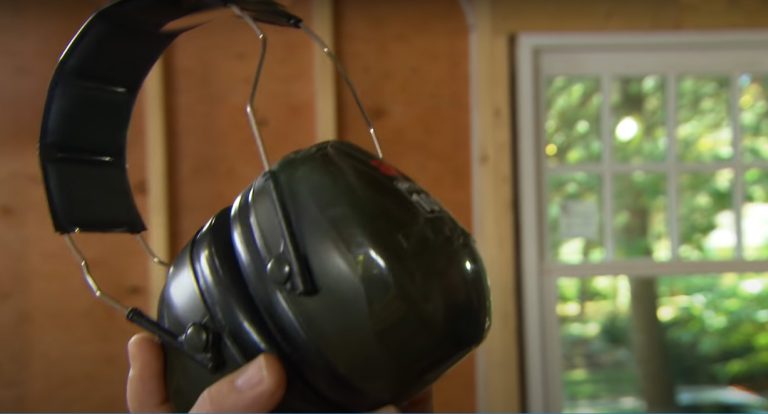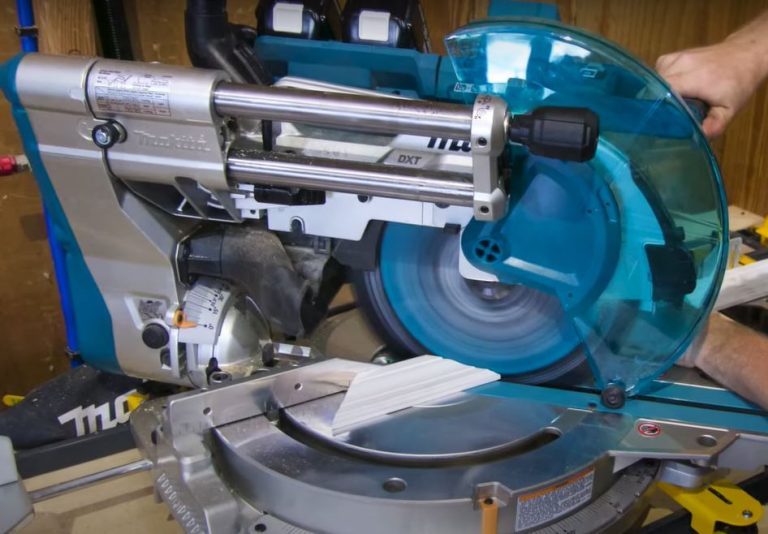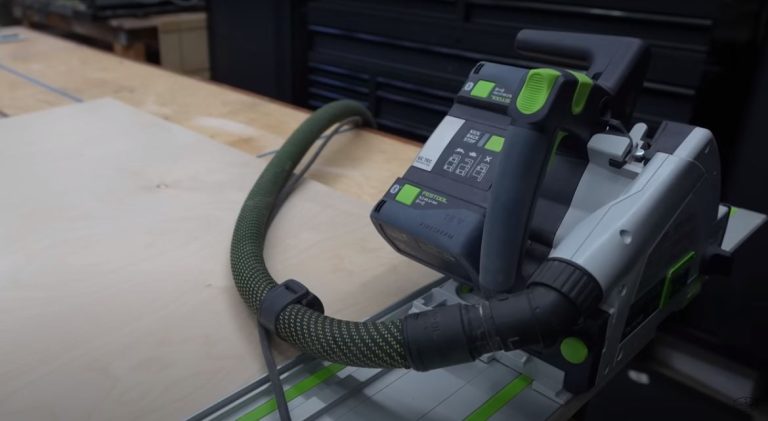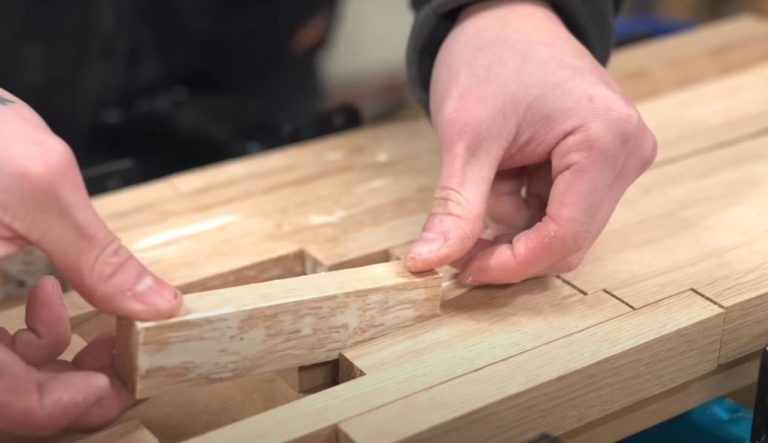How To Prevent Mold On Wood/Use Of Effective Strategies
This article, How To Prevent Mold On Wood/Use Of Effective Strategies.This guide how to get rid of mold offers effective strategies for wood maintenance and protection, ensuring your wooden surfaces remain mold-free and in optimal condition.
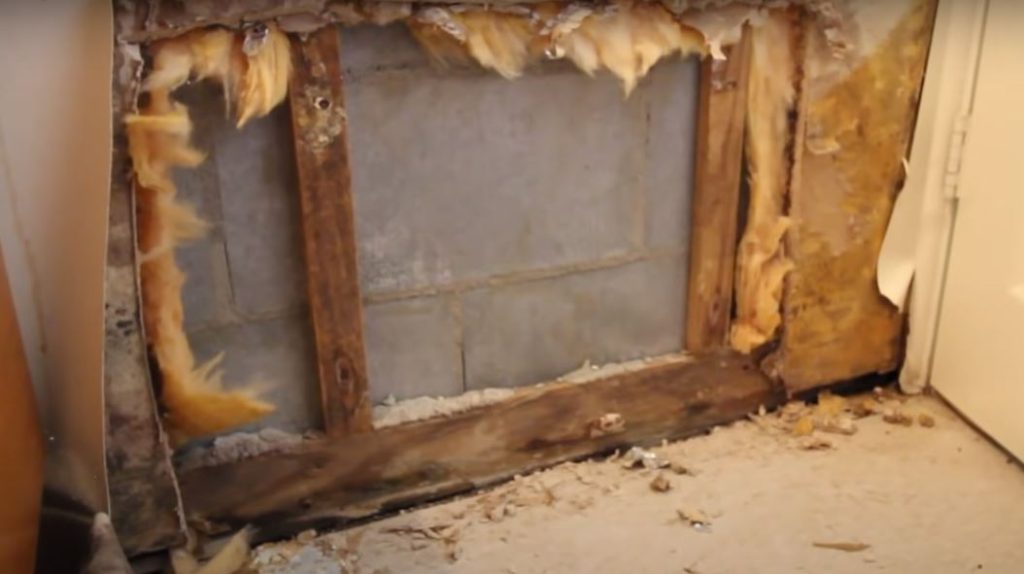
How To Prevent Mold On Wood/Use Of Effective Strategies? How to kill mold on wood involves various effective strategies. Keep wood dry and well-ventilated, controlling humidity levels. Apply wood sealants or finishes to create barriers. Regularly inspect and clean wood surfaces, addressing moisture promptly. Proper storage, sunlight exposure, and good airflow also discourage mold growth.
What kills mold Wood is a versatile and natural material that’s commonly used for furniture, structures, and various projects. However, if not properly cared for, wood can fall victim to mold and mildew growth. Preventing mold on wood is essential to maintaining its beauty and structural integrity. In this guide, we’ll explore effective methods to prevent mold growth on wood and keep your wooden items looking pristine.
The strategies are solid and well-highlighted. They stress the significance of managing moisture, using finishes, and proper care, making it invaluable for those aiming to maintain mold-free wood. The advice is clear and thorough, covering everything from finishes to ventilation, offering a complete mold prevention manual. It’s a valuable tool for wood enthusiasts and home improvement aficionados alike.
How To Prevent Mold On Wood/Use Of Effective Strategies
Mold Growth On Wood
A Common Issue
How to clean mold? Mold is a type of fungus that thrives in moist and humid conditions. When it finds a suitable environment, such as damp wood, it can quickly colonize and spread. Mold growth not only affects the appearance of wood but also poses potential health risks if left unchecked.
Why Preventing Mold On Wood Is Crucial
How to kill black mold? Mold can cause discoloration, staining, and even degradation of the wood’s structure. Additionally, exposure to mold spores can lead to allergies, respiratory issues, and other health problems. Therefore, taking preventive measures is crucial to avoid these problems.
Mold Preventing Effective Strategies
1. Properly Seal Wood Surfaces
One effective way to prevent mold growth on wood is by sealing its surfaces. Sealing creates a barrier that makes it harder for moisture to penetrate the wood, thus reducing the risk of mold development. Use a sealant that’s appropriate for the type of wood you’re working with, whether it’s painted, stained, or unfinished.
2. Maintain Proper Indoor Humidity

High humidity levels create an ideal environment for mold growth. To prevent mold on wood, it’s important to maintain indoor humidity levels between 30% and 50%. Use a dehumidifier if necessary, especially in basements and other damp areas.
3. Ensure Good Ventilation
Proper ventilation is essential in preventing mold growth. Ensure that air can circulate freely around your wooden items. If you’re using wood in construction or DIY projects, make sure that the structure allows for adequate airflow to prevent moisture buildup.
4. Regular Cleaning And Inspection
Regularly cleaning your wooden items can help how to remove mold. Dust and debris can trap moisture, creating a breeding ground for mold spores. Use a damp cloth to wipe down surfaces and prevent the accumulation of dirt and moisture.
5. Quick Response To Water Damage
Wood exposed to water damage is highly susceptible to mold growth. If your wood becomes wet, ensure that it’s dried thoroughly and promptly. Use fans and dehumidifiers to expedite the drying process.
Removing Mold From Wood
1. Identifying Mold Stains
If you discover mold stains on your wood, it’s important to address them promptly. Mold stains often appear as dark spots or patches, and they can be accompanied by a musty odor.
2. DIY Mold Removal Solutions
For mild cases of mold growth, you can create a homemade mold removal solution using common household items. Mix distilled white vinegar or hydrogen peroxide with water in a spray bottle. Apply the solution to the affected area, let it sit for a few minutes, then scrub gently with a soft brush.
3. Commercial Mold Removal Products
For more severe cases of mold growth, consider using commercial mold removal products. These products are formulated to effectively remove mold and prevent its return. Always follow the manufacturer’s instructions and use protective equipment when using these products.
Final Thoughts
How To Prevent Mold On Wood/Use Of Effective Strategies. Preventing mold on wood is essential to maintain the beauty and longevity of your wooden items. By understanding the conditions that promote mold growth and taking proactive measures, you can keep your wood mold-free. Regular cleaning, proper ventilation, maintaining ideal humidity levels, and sealing wood surfaces are all effective strategies. In case mold does appear, promptly address it using DIY solutions or commercial products to ensure the health and durability of your wood. Remember, a little prevention goes a long way in preserving the natural charm of your wooden possessions.
Frequently Asked Questions
Q. What are some common signs of mold growth on wood surfaces?
A. Look for discolored patches, fuzzy growth, a musty odor, and warped or cracked wood. These signs may indicate the presence of mold and should be addressed promptly.
Q. How does controlling indoor humidity help prevent mold on wood?
A. Mold thrives in high humidity environments. Keeping indoor humidity levels below 50% reduces the likelihood of mold growth. Dehumidifiers and proper ventilation play a key role in maintaining optimal humidity.
Q. Can applying finishes or sealants alone prevent mold on wood?
A. While finishes and sealants provide a protective barrier, they are not foolproof. Combining them with proper moisture control and ventilation significantly reduces the risk of mold. Regular maintenance is crucial for long-term prevention.


